Holding (it) Down (at) The Fort(s)
New Haven (Google Maps Location)
July 21, 2007
My friend Rob and I visited Fort Nathan Hale and Black Rock Fort as part of a New Haven CTMQ full day out. I very much feel that these forts are very much outdoor museums of sorts. Never mind that everything here is a replica. It matters not to me, especially since there were several forts at this location over the history of white man in America – so it’s an important defensive spot.
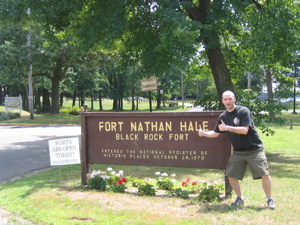
There was an “Unnamed Fort” here, built in 1657. I don’t think the Pequots or Quinnipiacs had an armada, but that’s what we’re told. Later, Black Rock Fort was built during the Revolution but was demolished in 1809 (I don’t know why). At the same spot – a very pretty spot, by the way – Fort Nathan Hale was built in 1812 but no trace of that fort remains. Then, stay with me here people, a fourth fort was built on the same spit of land during the Civil War as a defense against the Confederate Navy, also called Fort Nathan Hale. The Rebs never made it to New Haven, however, so that version never saw action. So it was demolished too. Fast forward a hundred plus years and the Fort Nathan Hale Restoration Project rebuilt Black Rock Fort, not Fort Nathan Hale (or Fort Nathan Hale II). Got all that?
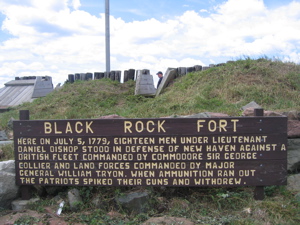
Bottom line: It’s a good spot for a fort. I suppose they couldn’t build two replicas at the same spot, so they went with the older one. There are some War of 1812 and Civil War stuff on site though, so it all sort of makes sense somehow. Some history…
The Revolutionary War fort (Black Rock Fort) was built in 1775. On July 5th, 1779, some 3,000 British invaded New Haven under the command of General William Tryon. The ships were forced to land east and west of the fort proper from where they bombarded the revolutionaries. A whopping 19 men fought the Brits and held their ground until they were swarmed from behind. At that point they said, “19 versus 3000? What kinda hootenanny is this? Let’s get thee outta here!” And that they did.
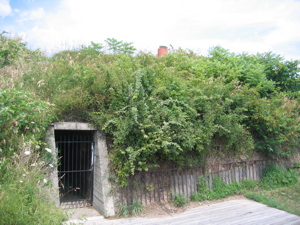
I can’t really find much information on whether the fort served any real purpose during the War of 1812, but I would guess that it did. Knowing that the British sailed up and down Connecticut’s coast, they surely eyed the fort then.
As mentioned, nothing happened here in the Civil War, but here at the park is a recreated Civil War drawbridge. The original drawbridge allowed troops to enter and leave over the moat. The moat? Yes, there was a real, honest-to-goodness moat here too, which completely encircled the fort.
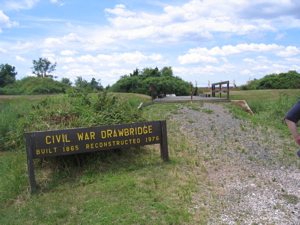
Rob and I were greeted by two older men sitting in lawn chairs decked out in various American Flag shirts/hats/bandannas. They were excited to see us – and ecstatic that we were both from out of town. They plied us with 8 brochures each and we were on our own. The park sits immediately next to a US Coast Guard Station, which is fitting I suppose. The walking tour goes from the parking lot down to the shore of the Long Island Sound.
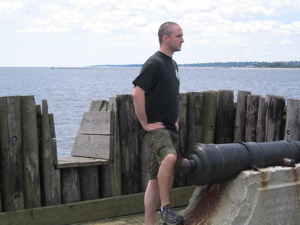
We passed a nice little US Flag garden thing and then went down to the fort area. There were gunmounts and various cannons placed strategically about. We peered into bombproof shelters and took in the salt air. Who would want to fight a war here? It was just lovely… and totally removed from nearby East and New Havens.
Further down the path, at the end, was Black Rock Fort. Admittedly, it wasn’t much of a fort – not like Ticonderoga or Knox. Just a small elevated fortified place, with a great vantage point of two separate harbors. It’s sad to know that it failed miserably in defending New Haven against the British and then was not even used against the Confederates.
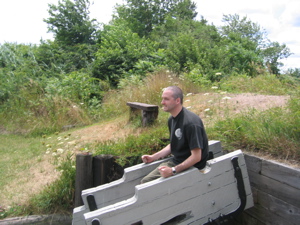
I’m 34 years old here, by the way
“This is all very nice,” Rob said to me, “But these flowers… they are so beautiful! What are they?” I replied, “Why Rob, my friend, they are a variety of wild rose – Rosa Rugosa to be precise – first found in Northern China, Korea, and Japan. The were brought to America back in the mid-19th century and now grow on New England seashores. I shall now take some pictures of them.”
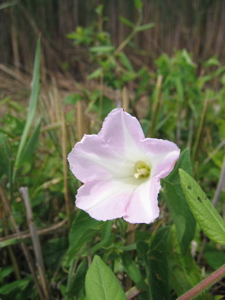
One of the brochures we got is a three-pager all about roses. It contains recipes for rose hip soup and rose hip jam. It even mentions that fossil roses have been found dating back 35 million years. Yes, this would be one of the more random brochure topics I’ve seen thus far on CTMQ… but hey, that’s why I’m doing it, right?
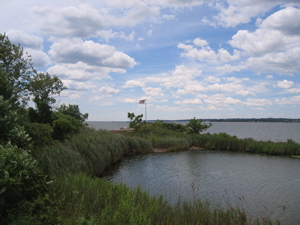
![]()
Fort Nathan Hale
CTMQ’s Forts, Canals, Dams, & Fishways/Lifts/Ladders
CTMQ’s Museum Visits

 honeybunny says
honeybunny says
September 18, 2007 at 3:17 pmI liked the picture of you sitting in the little wooden box. It kinda looked like you were in a soapbox derby.
hb
 Rob says
Rob says
September 19, 2007 at 8:56 amSpeed racer…
 Steve says
Steve says
September 19, 2007 at 9:23 amI was thinking Spaceman Spiff. He’s far cooler.
 Rob says
Rob says
September 20, 2007 at 9:55 amI could have said Speed Buggy, actually I’m not sure who is worse. I actually have some of my baseball cards still at my mom’s house in a Speed Buggy lunch box.
http://en.wikipedia.org/wiki/Speed_Buggy
I proudly carried a metric system lunch box, I think that was in 1st or 2nd grade, I can’t find a picture of it. I guess I was a young internationalist….or a dork at 7? I will go with the former
 joe says
joe says
March 15, 2009 at 7:33 pmthis place is sssssssttttttttrrrrrraight out haunted
 Leonard Edward Adams says
Leonard Edward Adams says
March 7, 2023 at 3:21 pmJust briefly, I encourage you to read the red, white, and blue cover booklets published several years ago telling about the history of the forts . Both of the forts from 1775 and 1812 were built on the rock. The remains of the 1812 forts wall were brownstone blocks which were salvaged and used for the outer wall of the civil war fort moat you see some of this as you get to the revolutionary reconstruction on the site. The 1812 fort was dismantled and the rock was much higher than presently seen it was dynamited and lowered to alloy the civil war fort guns to sweep the harbor with gunfire. The rock was used in the concrete buildings of the civil war fort that remain today.